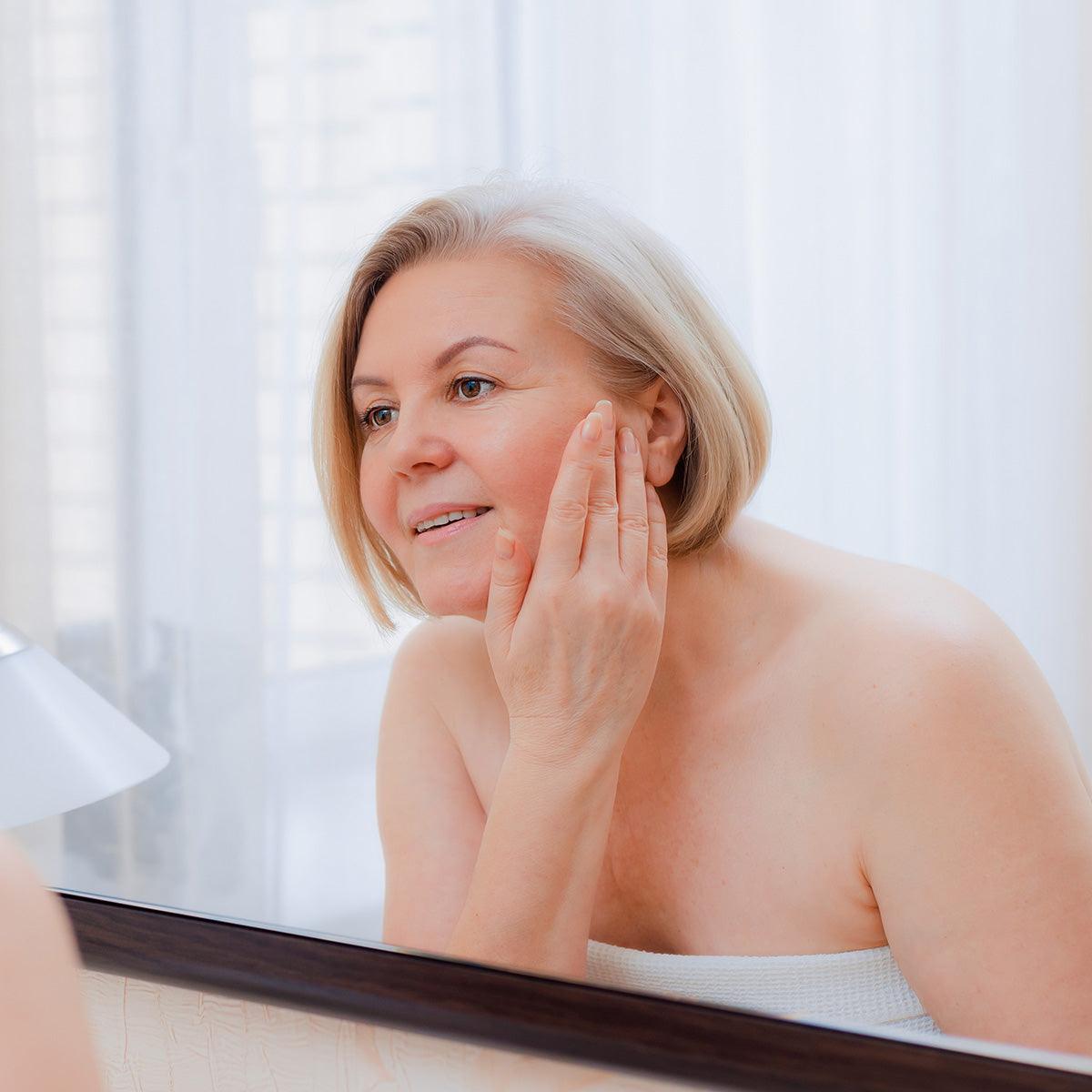Livinz Medspa
Age Spots
Age Spots
Age Spots Removal in Bronxville, NY
Age spots, also known by terms like brown spots, liver spots, and solar lentigines, are a common and natural sign of aging. These flat, oval areas of pigmentation tend to appear on parts of the body that are heavily exposed to the sun, such as the face, hands, arms, shoulders, and feet. They are most common in people older than 40 and can range in size and color, often appearing larger when grouped together.
Causes and Risk Factors for Age Spots
While age spots are usually the result of accumulated exposure to the sun’s ultraviolet (UV) light, they may also be caused by:
- Using tanning beds or lamps.
- Trauma or injury to the skin.
- Genetic predisposition.
People with light skin are generally more likely to develop age spots, as are those with a history of frequent sunburn or sun exposure.
Diagnosis: Differentiating Cosmetic from Medical Concerns
True age spots are harmless and do not require medical treatment. However, it is vital to have any irregular spots evaluated by a physician to ensure they are not malignant.
Spots with the following characteristics should be checked for malignancy:
- Dark pigmentation.
- Unusual combination of colors.
- Rapidly increasing in size.
- Spots that are itchy, red, sensitive, or that bleed.
Treatment Options for Age Spots at Livinz MedSpa
Although age spots are not medically dangerous, many people who develop them find them aesthetically unappealing and seek cosmetic removal. Livinz MedSpa offers several effective, advanced treatments to remove age spots or make them significantly less prominent:
- Microdermabrasion: A minimally invasive exfoliation procedure that removes the outermost layers of dead skin.
- Laser Skin Resurfacing: Advanced laser treatments are highly effective at targeting and breaking down the pigment in the spots.
- Chemical Peels: Custom-strength chemical solutions remove damaged outer layers of skin, promoting renewal and fresh, unblemished skin.
- Liquid Nitrogen (Cryotherapy): A procedure where the spot is frozen to destroy the excess pigment cells.
- Bleaching Creams: Prescription-strength topical agents can gradually lighten the pigmentation.
It is important to note that the treatment of age spots is considered strictly cosmetic, and insurance companies typically do not cover these procedures.
Prevention: Your Daily Defense
The most effective way to prevent age spots or keep existing ones from worsening is through diligent daily protection.
- Sunscreen: Avoiding prolonged sun exposure and regularly using a broad-spectrum (UVA and UVB) sunscreen is essential.
- Protective Wear: Wearing UV-blocking clothing and a broad-brimmed hat will provide additional protection against sun damage.
Additional Resources
Share

